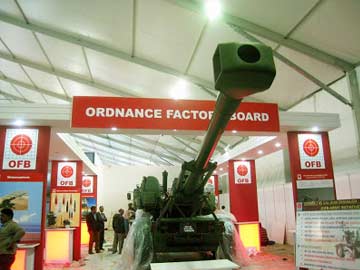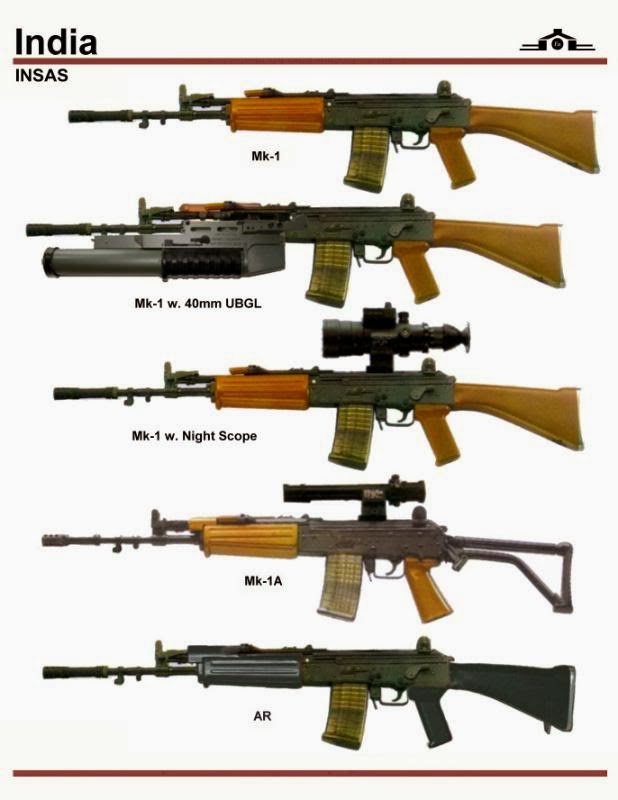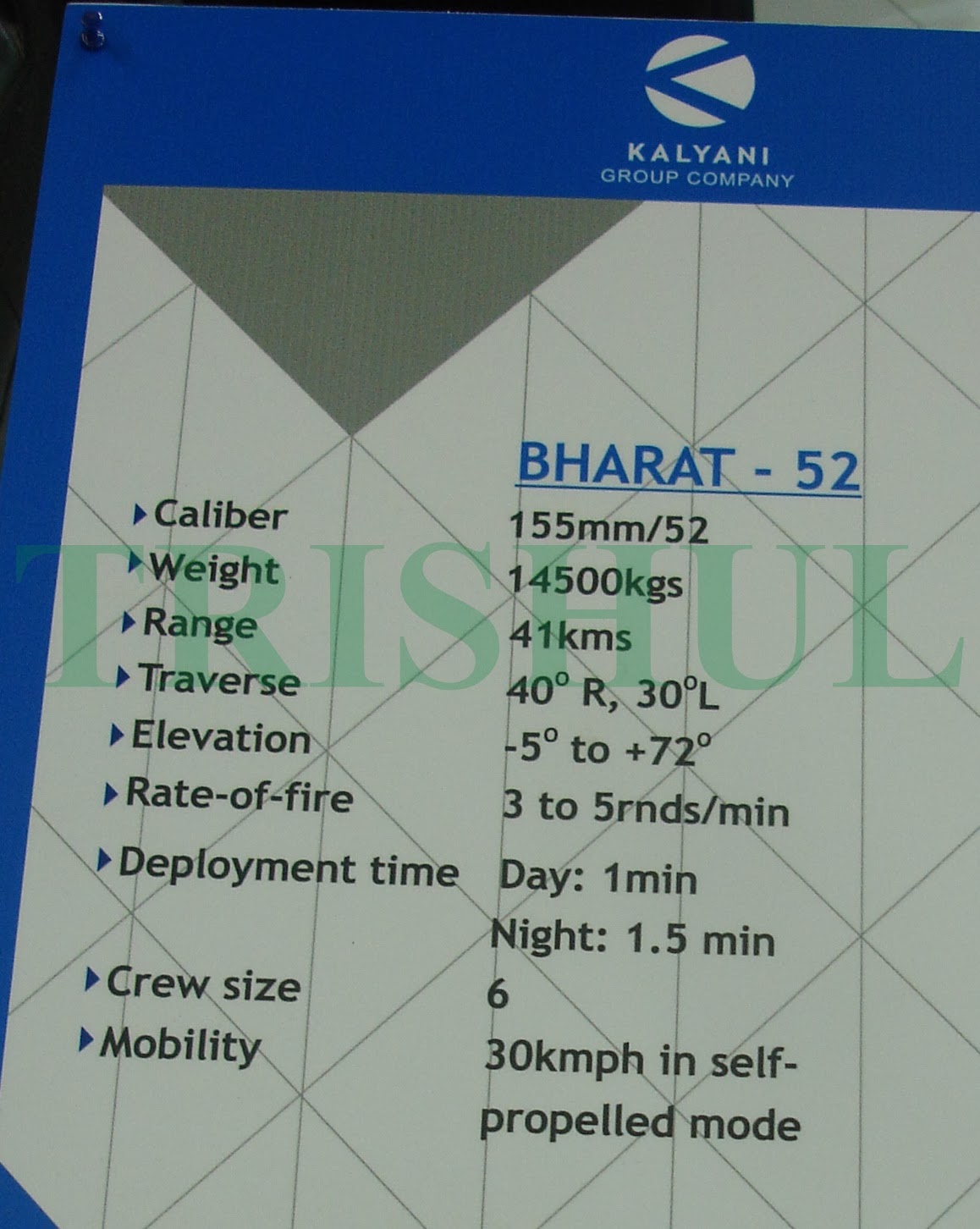acetophenol
SENIOR MEMBER

- Joined
- Feb 17, 2011
- Messages
- 7,006
- Reaction score
- 6
- Country
- Location
IAC Mod 'C'

IAC MOD 'C' is an integrated ASW system for all surface ships of the Indian Navy. IAC MOD-C computes of ASW Fire Control Solution and facilitates firing of all ship-borne ASW weapons. This fire control system can be deployed for any class of combat Ships for interfacing with any type of torpedoes and rocket launcher. In addition , the system facilitates counter measure capability for torpedoes through the decoy launching system.
Design Features
System Capabilities
SYSTEM FEATURES
ELECTRO OPTICAL FIRE CONTROL SYSTEM (EOFCS)
SALIENT FEATURES
STABILISED OPTRONIC PEDESTAL
The Stabilized Optronic Pedestal (SOP) for CRN 91 is an Electro optical Fire Control System for engaging sea targets upto 4 km range and controlling of CRN-91 gun. Optronic pedestal has been designed to carry out surveillance with CCD Camera during daytime and Thermal Imager during night and for remote controlling of CRN-91 gun. The system is a two axis stabilized Sighting System using Direct drive torque motors. FOG Gyros in both the axes are used for Velocity feedback and 16 bit encoders are used for position feedback.
A Control and Display Unit (CDU) is mounted in the wheel house for various controls of pedestal and Gun system by the operator. The dual Axis Joystick is provided in CDU for the movement of Pedestal and gun After acquiring the target, the target is tracked automatically with the help of Video Auto Tracker facility and helps the Operator for firing at the target.
SALIENT FEATURES
SIGHT CONTROL FOR SRGM


IAC MOD 'C' is an integrated ASW system for all surface ships of the Indian Navy. IAC MOD-C computes of ASW Fire Control Solution and facilitates firing of all ship-borne ASW weapons. This fire control system can be deployed for any class of combat Ships for interfacing with any type of torpedoes and rocket launcher. In addition , the system facilitates counter measure capability for torpedoes through the decoy launching system.
Design Features
- State of the art design.
- Modular system configuration.
- Open System Architecture and Interfaces.
- Common hardware / software modules & technologies across projects.
- Standard back planes for reduced complexity of inter-connection.
- Efficient packaging of electronics.
- Ergonomic operator interfaces.
- In built online and offline FDFL
System Capabilities
- Capable of interfacing with the ship borne sensors and ASW weapons.
- Automated data handling from the ship’s sensors and will provide FCS, for associated ASW weapons.
- Provides passive CMA using bearing information from sensors.
- Generates own ship maneuvering recommendations for Passive tracking.
- Capable of data fusion of parameters of same target if available from many sensors.
- Simulates environment in order to present real situation scenario for training of the operator.
- Adequate redundancy through Fault Tolerant Software and hardware.
- Generates Fire Control Solutions of designated targets separately for selected weapon systems.
- Generates torpedo countermeasure solutions and threat analysis.
- Enables firing of Rockets, Torpedoes and Expendable Decoys.
SYSTEM FEATURES
- Carryout Contact Motion Analysis (CMA) for 12 active sonar targets, 22 passive Sonar targets.
- Simultaneous designation of four targets and generate Fire Control Solutions for designated targets after Computation of CMA, giving outputs for the weapons.
- Generation of recommendation on ship course and speed to attain the weapon release point at earliest.
- Display of Weapon Danger Zone (WDZ) for safety of the ships and helicopters while firing anti- submarine weapons.
- Enable firing of Rockets RGB 60 in Remote, Local & Emergency Modes.
- Enable the firing of Torpedoes CET 65 E/ 53-65 KE in the Remote, Local and Manual Modes.
- Enable the firing of expendable decoys of DL in Remote, Local and Emergency Modes.
- Facility for recording, printing and display of firing details for analysis.
- Indicates status of ammunition & position of IRL, ITTL and EDL.
- Display of inputs data parameters after the data has been fed into the torpedoes.
- Enable the throw off firing facility of Rocket Launcher IRL to a ‘throw off’ distance, of the target, from 500 m to 1000 m in steps of 100m.
- Display of weapon track (Torpedo DR track till ISR) and Rocket – probability ellipse for ASW rockets.
- Present alarms on detection of torpedoes, whenever deployment envelopes of towed Decoy/array is exceeded.
- A maximum of two torpedoes can be fired in a salvo.
- The default time interval between firing of salvo of torpedoes will be 3 seconds.
- The default time interval, between firing of salvo of rockets, will be 0.5 seconds.
- The default time interval between firing of salvo of decoy will be 10 seconds.
- The speed of the ship not exceeds 24Knots during firing.
- The Fire Control Solution caters for the following parameters:
- For ITTL Firing: Target speed – 0 to 50 kt, Target depth – 0 to 800 m, Target Bearing – 0 to 360 deg, Torpedo speed – up to 60 kt, Torpedo depth – 0 to 650 m.
- For IRL Firing: Target speed – up to 50 kt, Target depth – 0 to 350 m, Target Bearing – 0 to 360 deg, Target range-8 Km.
- For EDL Firing: Time in Sec, Number – 1 to 10.
ELECTRO OPTICAL FIRE CONTROL SYSTEM (EOFCS)
SALIENT FEATURES
- Short, medium range defence
- Naval Gunfire Support (NGS)
- Target Acquisition and tracking by TV/TI camera supported by LRF
- Engagement using short and medium range gun mounts
- External target designation / weapon control interface
- Target data interface to external FCS
STABILISED OPTRONIC PEDESTAL
The Stabilized Optronic Pedestal (SOP) for CRN 91 is an Electro optical Fire Control System for engaging sea targets upto 4 km range and controlling of CRN-91 gun. Optronic pedestal has been designed to carry out surveillance with CCD Camera during daytime and Thermal Imager during night and for remote controlling of CRN-91 gun. The system is a two axis stabilized Sighting System using Direct drive torque motors. FOG Gyros in both the axes are used for Velocity feedback and 16 bit encoders are used for position feedback.
A Control and Display Unit (CDU) is mounted in the wheel house for various controls of pedestal and Gun system by the operator. The dual Axis Joystick is provided in CDU for the movement of Pedestal and gun After acquiring the target, the target is tracked automatically with the help of Video Auto Tracker facility and helps the Operator for firing at the target.
SALIENT FEATURES
- 2 Axis stabilized Platform
- High resolution CCD camera
- 3-5 µm Thermal Imager
- Eye safe Laser Range Finder
- Automatic transfer of firing offsets to gun
- Automatic Video Tracker for accurate target tracking
- Fully indigenous design except for the sensors
- User friendly Man Machine Interface
SIGHT CONTROL FOR SRGM

- Control of SRGM 76 gun mount in stand-alone (casualty mode) through Target Designator Sight (TDS).
- TDS provides angle information in coarse and fine formats.
- TDS can be fitted with additional Electro Optic (EO) sensors to enhance surveillance, detection and track capability.
- Kolanka sight is designed accurately for designating targets.
- A binocular with collimator can replace Kolanka sight when needed.
- Firing can be interrupted with an overriding switch (Fire Interrupt Switch).
Last edited:









































